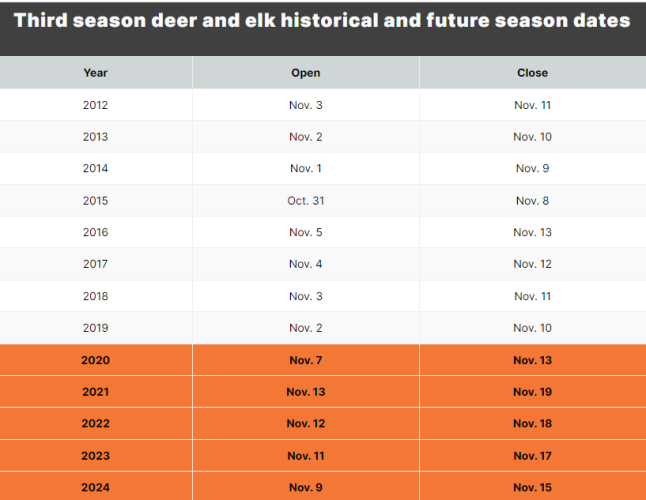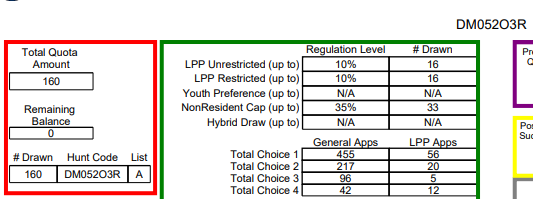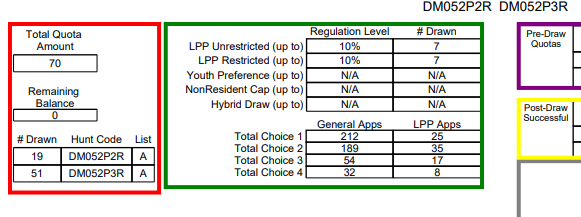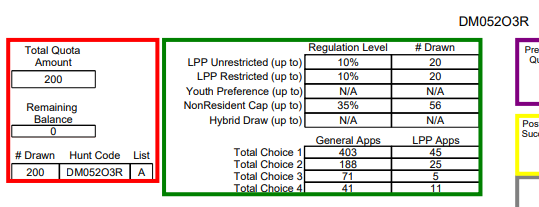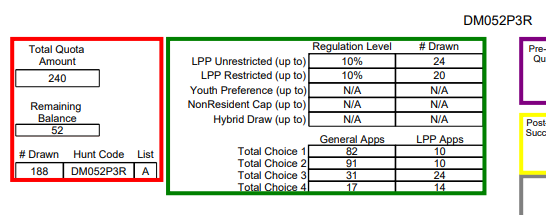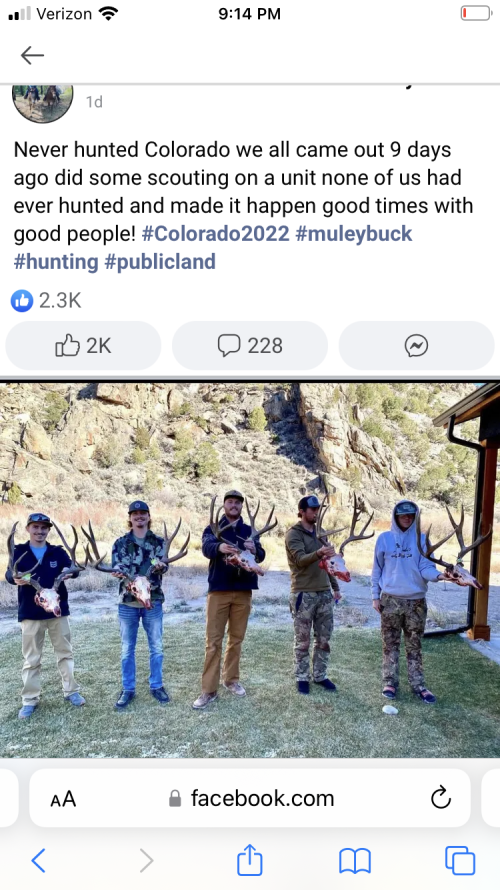rogerthat
Well-known member
- Joined
- Aug 29, 2015
- Messages
- 2,918
With Colorado’s later season structure for deer shifting most hunts back a week. What is your opinion on this season structure? I definitely think it has affected buck quality negativily. What do you think?




